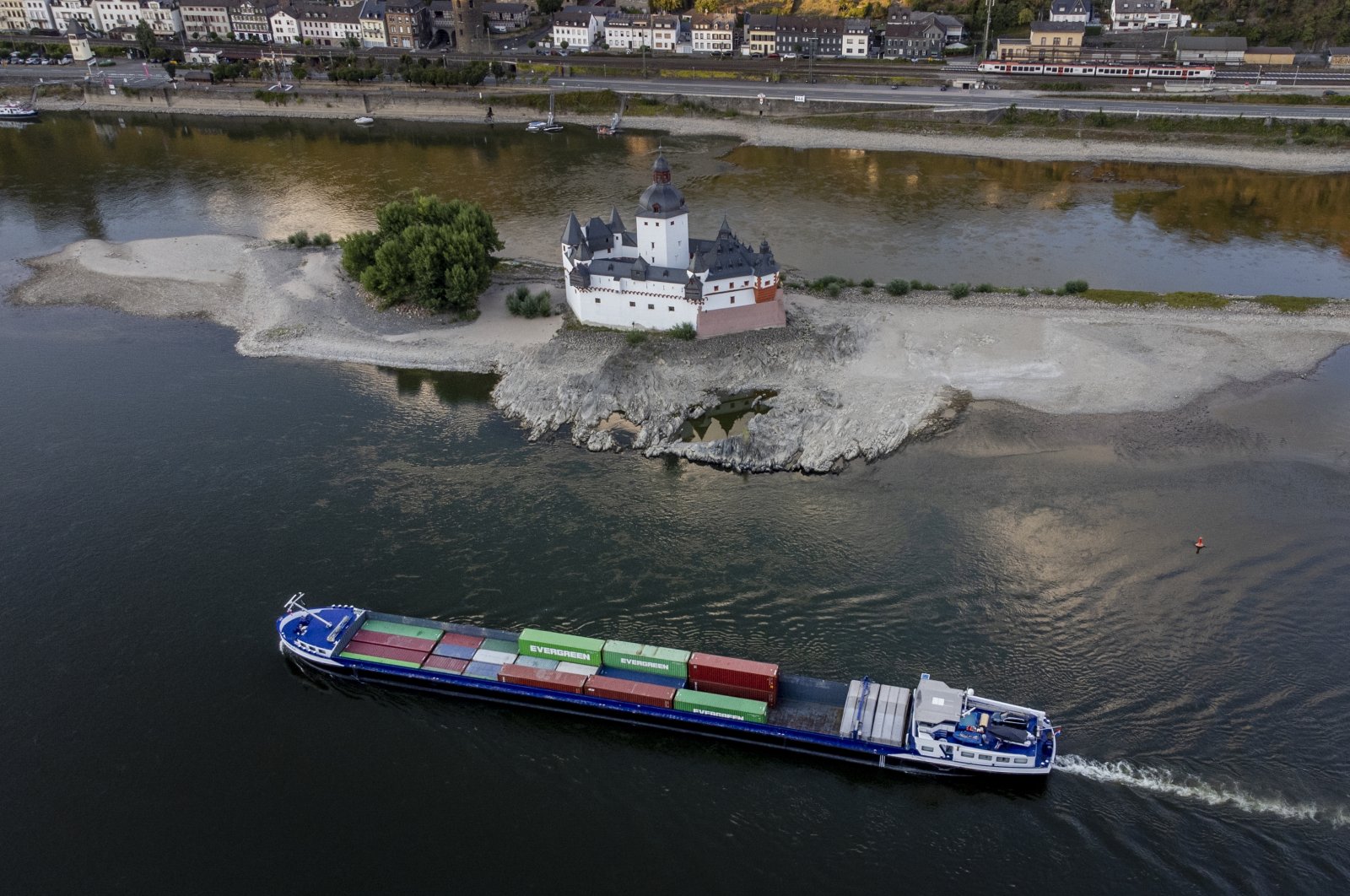
A container ships passes Pfalzgrafenstein castle in the middle of the river Rhine in Kaub,Germany, Aug. 12, 2022. (AP Photo)

A container ships passes Pfalzgrafenstein castle in the middle of the river Rhine in Kaub,Germany, Aug. 12, 2022. (AP Photo)
Source:dailysabah.com